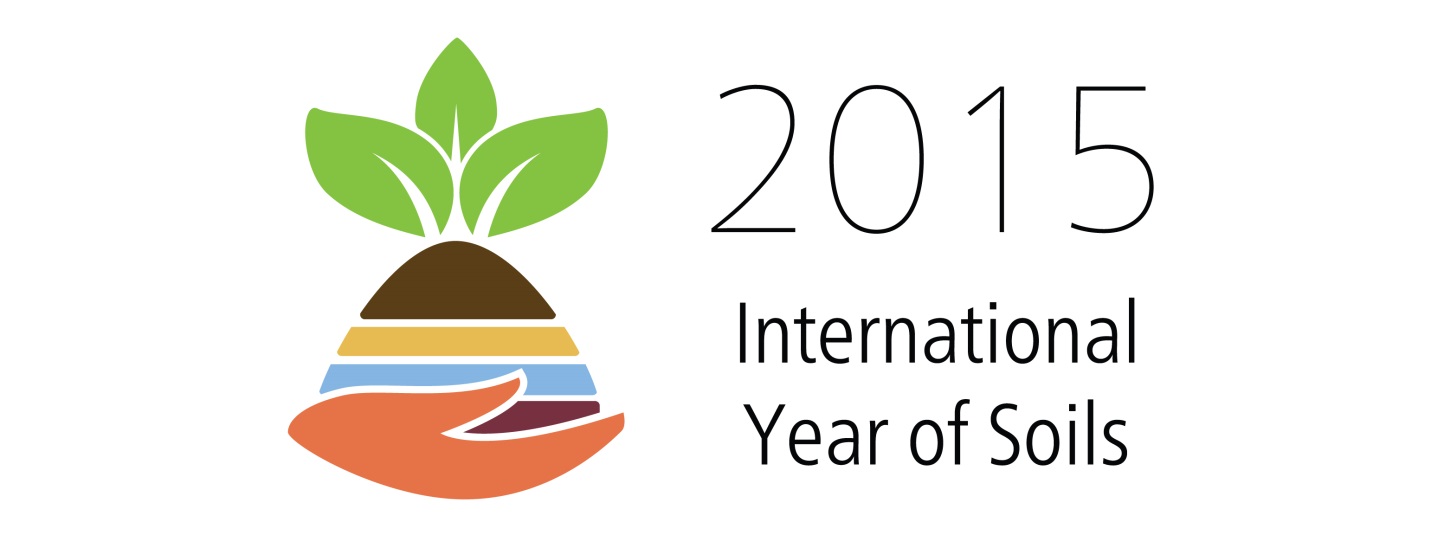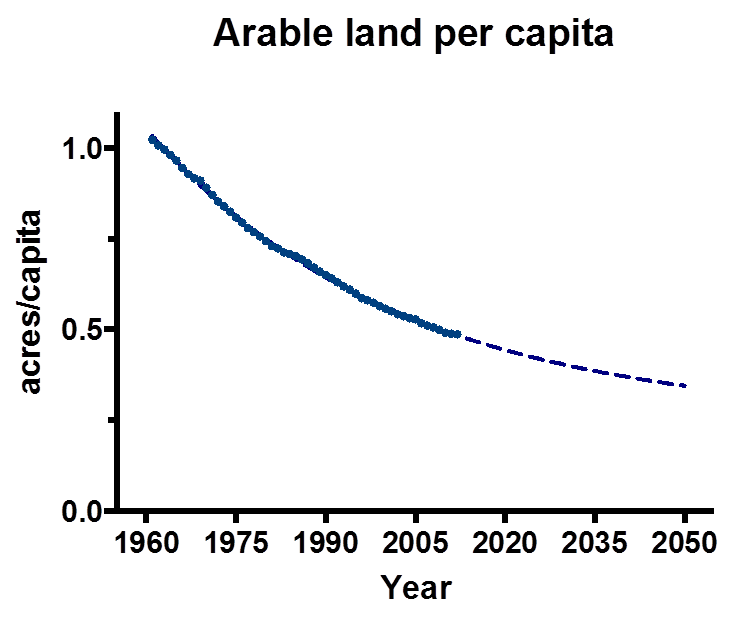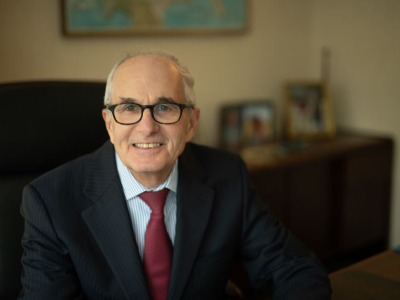The United Nations-Food and Agriculture Organization (FAO) has declared 2015 the International Year of Soils. The year kicked off on December 5, 2014, with events in Rome, New York and Chile, all in an effort to raise awareness and promote more sustainable use of this critical resource. “Healthy soils are critical for global food production, but we are not paying enough attention to this important silent ally,” said FAO Director-General José Graziano da Silva.

The specific FAO objectives for the Year of the Soils are to:
Raise the awareness among society and policy makers about the importance of soil for human life;
Promote effective policies and actions for sustainable management and protection of soil resources;
Promote investment in sustainable soil management; and
Encourage soil health information and monitoring at all levels of government.
The U.S. Department of Agriculture (USDA) joined nations from across the globe to kick off the International Year of Soils in an effort to highlight the importance of soil in everyday life. Under Secretary for Natural Resources and Environment Robert Bonnie will address members of the 68th United Nations General Assembly, which designated 2015 for the yearlong celebration.
"We are excited to be working with the United Nations to help raise awareness and promote the importance of conservation of our soil resources," Bonnie said. "USDA is embracing this unique opportunity to tell the world about the importance of soil conservation and how we've worked with private landowners since 1935 to protect and improve this priceless natural resource.”
USDA’s Natural Resources Conservation Service published an interim rule on December 12, 2014, which outlines how it will improve the Environmental Quality Incentives Program (EQIP), one of USDA's largest conservation programs. The interim final rule includes program changes authorized by Congress in the 2014 Farm Bill.
Over the last 50 years, the world’s population has increased from 3 billion to 7 billion people, but the amount of arable land has remained constant. Dr. Andreas Weber, of the Cluster of Excellence on Plant Science, has calculated that the amount of arable land per person is currently .4 acres (40 meters x 40 meters per person). By the year 2050, there will be between 9-10 billion people on the planet, which means there will be 30 percent less arable land available for food production.
Taking Dr. Weber’s calculation a step further and recognizing that consumption patterns are also changing with increased wealth, more calories will have to be produced per unit of land to feed the planet. Coupled with the FAO’s estimate that a third of all soils are currently degraded due to erosion, compaction, soil sealing, salinization, nutrient depletion, acidification, pollution and other processes caused by unsustainable land management practices, we have a very serious global food security challenge.

Chart by Dr. Andreas Weber
In short, we need to stop treating soil like dirt. Soil is a living thing; it needs to be respected and cared for in order for soil to be sustainable.
Dr. Bashir Jama is the Director of Soil Health Program at the Alliance for a Green Revolution in Africa (AGRA). He recently noted that “We have not been caring for soil as we should. As a result, in many parts of the world, including Africa, soil has lost many of its important biological and physical properties. Erosion from wind and rain has meant we have lost valuable top soil, and as we have taken nutrients from the soil to grow our food, we have not replaced them.”
Man owes his existence to a 6-inch layer of topsoil. Just as a balanced diet is important for our health and wellbeing, we need a balanced, integrated approach for managing our soils.
There is a scientific consensus that we need to double agriculture production by 2050 to meet the challenge of global food security. Further, it must be done while using fewer resources….less water, fertilizer and inputs. Simply stated, we cannot begin to meet this challenge without healthy top soil.
As you can see from the chart below, fertilizer use varies widely from country to country. Some countries need improved seeds to reduce the use of other inputs; other countries desperately need greater access to fertilizer, improved seeds, and other inputs.

Access to these inputs must come with effective extension services to teach smallholder farmers how to use the modern tools of agriculture. It is important to develop agricultural technology, but it is equally important to reach out to small holder farmers through extension services and educate them on the proper use of inputs. Quoting Dr. Norman Borlaug, unless we “take it to the farmer,” the development of modern agriculture technology cannot reach its full potential.
During 2015, the FAO, in conjunction with allied nations, will be holding a series of events to further the objectives outlined above, including:
3rd International Conference on Natural Resource Management for Food and Rural Livelihoods
First Global Soil Biodiversity Conference
Global Soil Security Symposium
Marshall Matz, formerly Counsel to the Senate Committee on Agriculture, Nutrition and Forestry, specializes in global food security at OFW Law. mmatz@ofwlaw.com
For more news go to: www.agri-pulse.com

